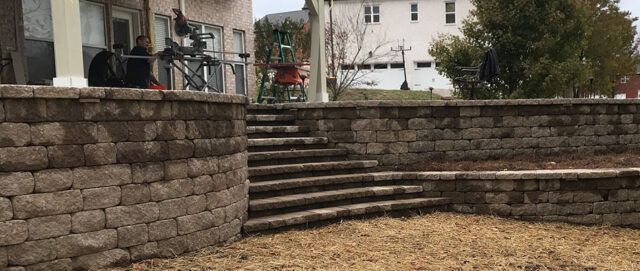
Living amidst nature’s captivating beauty is a desire we all share, and implementing that appeal into our properties has become a sought-after trend. Among the plethora of materials available to bolster the charisma of landscapes, one is particularly fascinating: limestone.
The sturdy and enchanting substance has found a prominent place in construction, particularly in crafting retaining walls. This article delves into the majestic world of retaining walls, unraveling the mystery of limestone’s allure, and explains how one can utilize it to elevate a property’s charm.
The Role of Retaining Walls in Landscaping
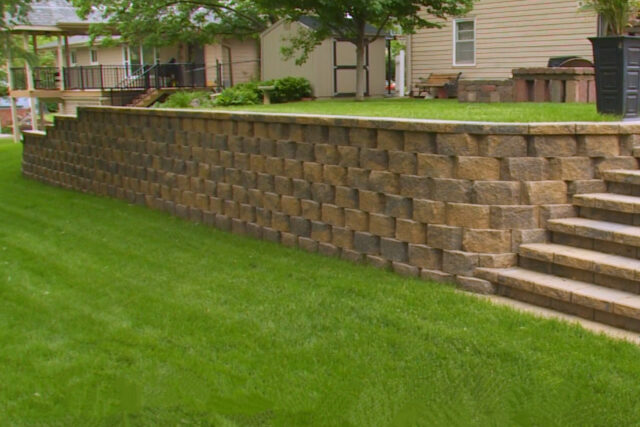
Landscaping is not just about adding ornamental plants and flowers; it’s a fine art that requires the right balance of form and function. Retaining walls play a vital role in this endeavor by providing structural support, controlling erosion, and adding to the aesthetic appeal. Created with materials such as concrete, timber, or elegant limestone walls, they transform an ordinary plot into a magnificent space, by creating terraces or holding back soil, giving your garden a unique dimension.
Retaining walls also introduce a dynamic form, opening up possibilities for creative landscaping. By offering a tiered effect, they allow for the growth of different plants at various levels, thereby enhancing visual interest. The choice of materials can make a significant difference in aesthetics and functionality, with limestone often being favored for its unique texture and natural grace. These walls are not merely functional; they are artistic features that contribute to an elegant landscape.
Choosing the Right Design
Deciding upon the correct design for a retaining wall is no minor task; it combines aesthetic considerations with engineering precision. The selection process must involve the consideration of factors such as soil type, slope of the land, and the intended function of the wall. An appropriate design not only ensures stability but also complements the property’s overall appearance, thus enhancing its value.
The appeal of the chosen design often lies in its harmony with the surroundings. Whether it’s a meandering wall that follows the natural curve of a garden or a geometric design for a modern look, retaining walls offer endless creative possibilities. Integrating the right materials, especially limestone with its organic appearance, can further accentuate the beauty, making your landscape an eye-catching masterpiece.
Planning and Preparing
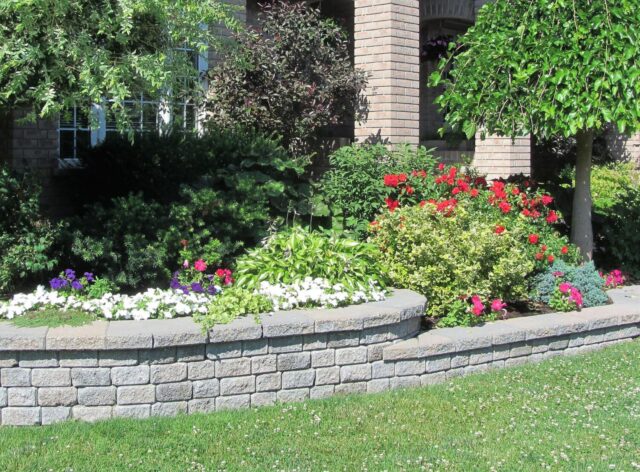
When it comes to installation, precision planning, and thorough preparation set the foundation for a successful project. Site analysis, including understanding the ground’s composition and the flow of water, ensures that the structure will be stable and durable. Selecting the right type of stones, especially if one is keen on using limestone, requires careful consideration of color, texture, and size.
The preparation stage often involves more than mere selection and site analysis. Adequate drainage systems must be planned to prevent water accumulation behind the wall, a factor that could compromise its integrity. Careful measurement and professional consultation can guide homeowners toward creating a retaining structure that is both aesthetically pleasing and structurally sound, aligning with the unique requirements of the landscape.
Building Retaining Walls with Limestone
Limestone retaining walls have been lauded for their natural beauty and resilience. Crafting it is akin to sculpting a masterpiece; each stone must be carefully chosen and placed. The process begins with a robust foundation, usually involving a concrete base, to support the heavy limestone blocks. Quality mortar, compatible with limestone, is then used to bind the stones, creating a wall that is not only sturdy but also radiates a timeless charm.
Employing limestone in the construction of retaining walls goes beyond mere aesthetics. Its robust nature means that it can endure harsh weather conditions, providing long-lasting support. Additionally, its variety of shades, from warm beige to rich gray, allows homeowners to tailor it to their specific tastes. Choosing limestone is not merely about building a wall; it’s about adding a piece of nature’s art to your property.
Enhancing Aesthetics: Incorporating Greenery and Lighting
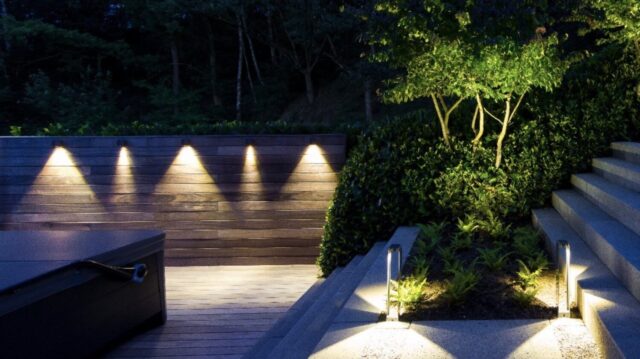
Enhancing the visual appeal of retaining walls can be achieved through the strategic incorporation of greenery and lighting. Planting vines that gracefully cascade down the wall or integrating flower beds along its length can create a living mural, teeming with color and life. Lighting, whether soft and subtle or bold and dramatic, can highlight the wall’s texture, particularly when limestone’s unique surface is involved, lending a surreal beauty to the garden at night.
A clever combination of plant life and illumination not only enhances the beauty but also adds functionality to the space. Vines and shrubs may soften the harsh lines of the wall, creating a seamless integration with the landscape. On the other hand, the right lighting can provide safety along pathways and highlight key architectural elements. Together, these elements elevate a simple retaining wall into a living piece of art.
Maintenance Tips for Limestone
Maintenance is a crucial aspect of ensuring that your limestone retaining wall remains an attractive feature for years to come. Regular inspection for cracks or loose stones is vital to preserving the structure’s integrity. Cleaning can be done using gentle methods to avoid damaging the limestone, such as soft brushes and mild detergents, keeping the unique texture and color intact.
While limestone is celebrated for its durability, it does require careful attention to maintain its elegance. Protection against harsh chemicals and proper sealing to prevent water infiltration will help in retaining the stone’s natural beauty. Prompt repairs and regular upkeep not only preserve the wall’s aesthetic appeal but also extend its lifespan, ensuring that it continues to be a central feature of your landscape.
Environmental Benefits
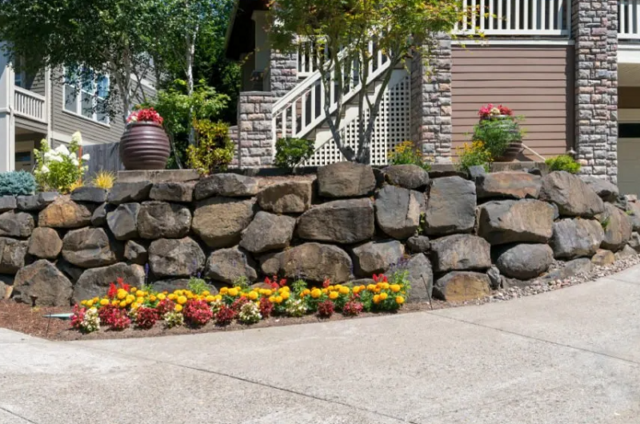
Limestone’s beauty is not its only advantage; it offers significant environmental benefits as well. As a natural stone, it doesn’t require additional resources for manufacturing, thus reducing energy consumption. Its ability to absorb carbon dioxide makes it an environmentally friendly option, contributing to a reduction in greenhouse gases. Limestone’s natural properties not only elevate it as a choice for aesthetics but also as a responsible choice for our planet.
In a world increasingly concerned with sustainability, limestone serves as a beacon of responsible construction. Its durability ensures that the wall will last for decades, reducing the need for replacement and the consumption of new materials. By selecting limestone for your retaining wall, you are not just making an aesthetic statement but also embracing a material that aligns with the principles of environmental stewardship.
Final Thoughts
Embracing the natural splendor of limestone in retaining walls transcends mere landscaping; it is a celebration of nature’s artistry, a commitment to environmental responsibility, and a wise investment in long-lasting beauty. This intricate dance of engineering, art, and nature brings a novel dimension to property design, illuminating the pathway to a space that’s not just visually appealing but resonates with the soul.









